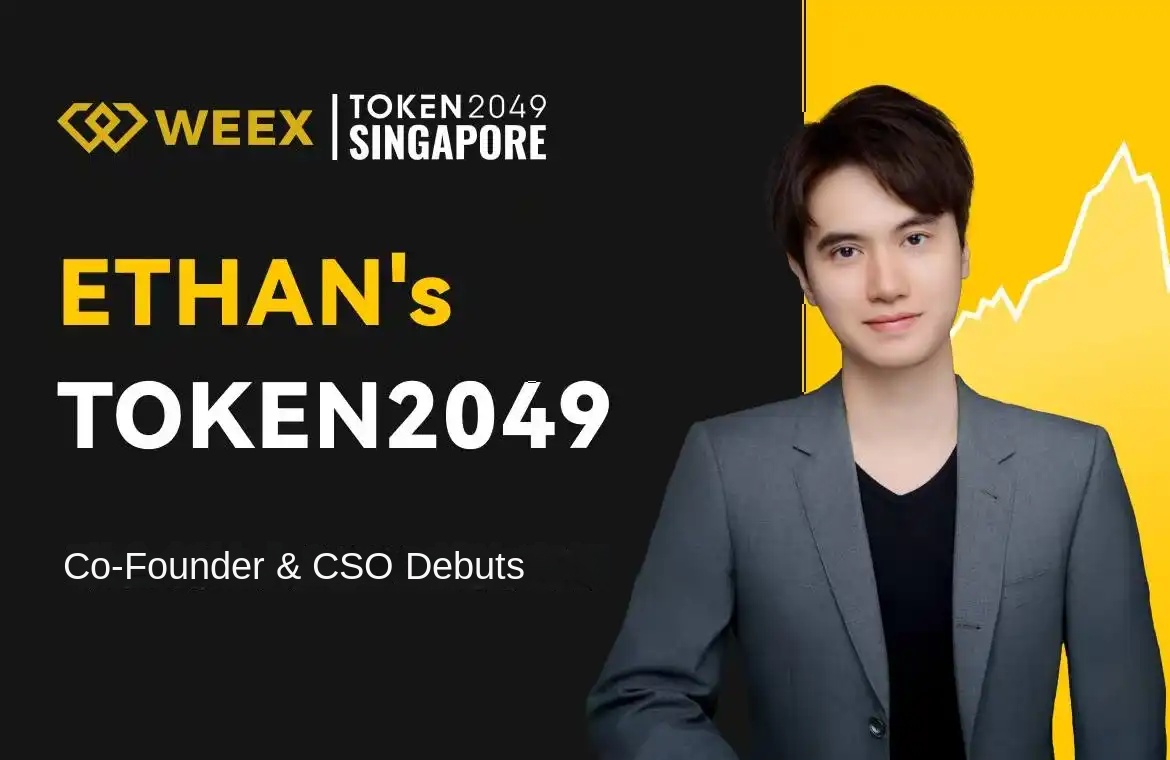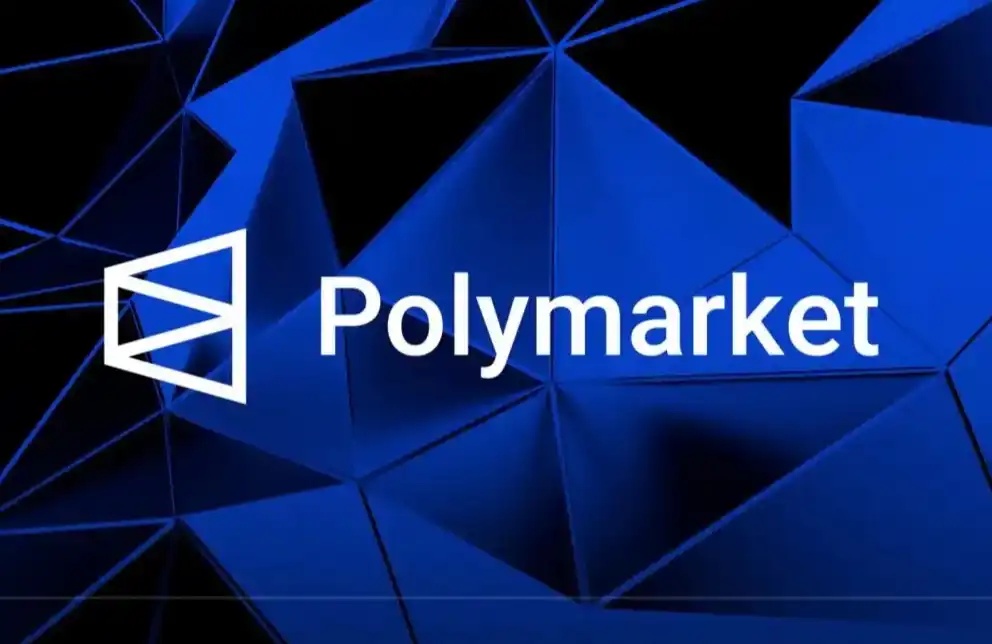Why Did the New York Stock Exchange Invest $2 Billion in Polymarket?
Original Article Title: Why the NYSE Invested $2B into Polymarket
Original Article Author: binji, Ethereum Foundation Researcher
Original Article Translation: Ismay, BlockBeats
Editor's Note:
On October 7th, The Wall Street Journal reported that the parent company of the New York Stock Exchange (NYSE), Intercontinental Exchange (ICE), is nearing a $2 billion investment in the decentralized prediction market platform Polymarket. This investment may not only become one of the largest private fundraisings in the crypto space's history but also signifies a deep intersection between traditional financial infrastructure and the Web3 market paradigm.
Against the backdrop of Bitcoin being adopted by corporate treasuries and stablecoins becoming global settlement assets, ICE's investment points to a more macro proposition: the boundaries of the market are being redefined. If the past financial markets priced "assets," then what Polymarket represents is a new order that prices "beliefs" and "expectations."
This article attempts to decipher the logic behind this investment—why a company overseeing a $29 trillion market value exchange would place a bet on a new type of market native to the crypto world, centered around "prediction," and what this signifies for the next paradigm shift in global price discovery.
The following is the original content:
The infrastructure that supports the $29 trillion stock market is now extending to a broader domain—an area that can not only price assets but also price "understanding" in the market.
This is the largest-ever private investment in a crypto company. But its significance goes deeper: this is a manifesto—a declaration that the market itself is evolving.
Background
The New York Stock Exchange (NYSE) is the world's largest stock exchange, with listed companies having a total market capitalization of around $29 trillion. This significant move indicates that the NYSE believes the way the market expands is changing—not only in terms of scale and trading volume but also in the reshaping of the "participant structure."
They have witnessed a new group of investors whose trading methods, sources of information, and behavioral logic are distinct from traditional traders. The new generation of investors no longer sits in front of trading desks; they live on the internet.
In today's economy, a tweet sometimes can shake the stock price more than a quarterly earnings report. Narratives, meme culture, collective emotions have all become part of price discovery. This means that the "everyday person" can now, more than ever, influence the market through attention, discussion, and belief data.
The Prediction Market transforms "belief" itself into a tradable asset. It allows people to bet on events they care about—elections, policies, AI breakthroughs, sports, climate—rather than a quarterly performance of a company they have no interest in.
As the market becomes more interconnected, more people can participate. Not just analysts or hedge funds, but anyone with a judgment about the future—thus making the global economy more democratic.
This is a revolution that removes the financial "barrier to entry."
But the story does not end there
The NYSE is not just investing in the prediction market, but in investing in a new form of "data."
What they want is event-driven data.
For the first time, financial infrastructure can carry probability alongside price. Polymarket's markets can real-time generate odds about real-world events: elections, policy decisions, macroeconomic data, even celebrity endorsements—these can all map sentiment ahead of their impact on financial reports.
As per the agreement, the NYSE's parent company ICE (Intercontinental Exchange) will distribute this data globally, injecting "belief" with "capital flow" into the pipeline that transmits stocks and derivatives. This changes the structure of market intelligence: belief becomes measurable, reflexivity becomes modelable.
One can imagine:
1. Macro traders tracking changes in interest rate probability;
2. Stock analysts overlaying event odds onto earnings expectations;
3. Quant teams using "belief volatility" to hedge portfolio risks.
This is the first time in financial history that an institutional-level bridge connecting "attention" with "price" has been established—a financial data set that not only describes what "has happened" but also reveals what "might happen" is being widely adopted.
Why Polymarket, and not others?
This new market structure brings new risks: information distortion. When the speed of information dissemination exceeds the speed of verification, trust collapses.
And this is precisely where Polymarket's core advantage lies. It does not rely on a market of centralized trust but is built on an open system based on verifiable trust.
For the prediction market to truly function, there must be a common foundation of verification—a place where all outcomes, trades, and settlements can be independently verified. The question is: when attention begins to drive capital, who ensures honesty?
For this reason, Polymarket is built on Ethereum's trust layer (Trustware) and scaled using Polygon. Ethereum's trust mechanism ensures that every transaction, settlement, and market outcome can be verified, without relying on centralized institutions' subjective judgment.
What's Next
Over the past year, Polymarket has processed over $16 billion in trades, with monthly active users exceeding 250,000. Despite expectations that its popularity would wane after the election cycle, trading volume has remained strong. With the deepening of the markets, the platform is set to introduce more financial tools:
· Conditional Event Contracts
· Profit & Loss Markets
· Macro Datapoint Ladders
· And more experimental governance mechanisms (such as Futarchy, where market odds guide decision-making)
Evolution of Market Form
By supporting Polymarket, the NYSE effectively acknowledges that the "evolution of market form" itself is in progress.
ICE's empire is built on clearing, settlement, and exchange technology. Yet, in Polymarket, it sees the next frontier:
A digitally native, social-driven, open and verifiable market system—still built on a transparent, secure, globally scalable trust architecture that aligns perfectly with the principles ICE has always pursued.
The exchanges of the future will price beliefs, probabilities, and truths.
Source: 「Original Article Link」
Welcome to join the official BlockBeats community:
Telegram Subscription Group: https://t.me/theblockbeats
Telegram Discussion Group: https://t.me/BlockBeats_App
Official Twitter Account: https://twitter.com/BlockBeatsAsia


 Forum
Forum Finance
Finance
 Specials
Specials
 On-chain Eco
On-chain Eco
 Entry
Entry
 Podcasts
Podcasts
 Activities
Activities
 OPRR
OPRR








